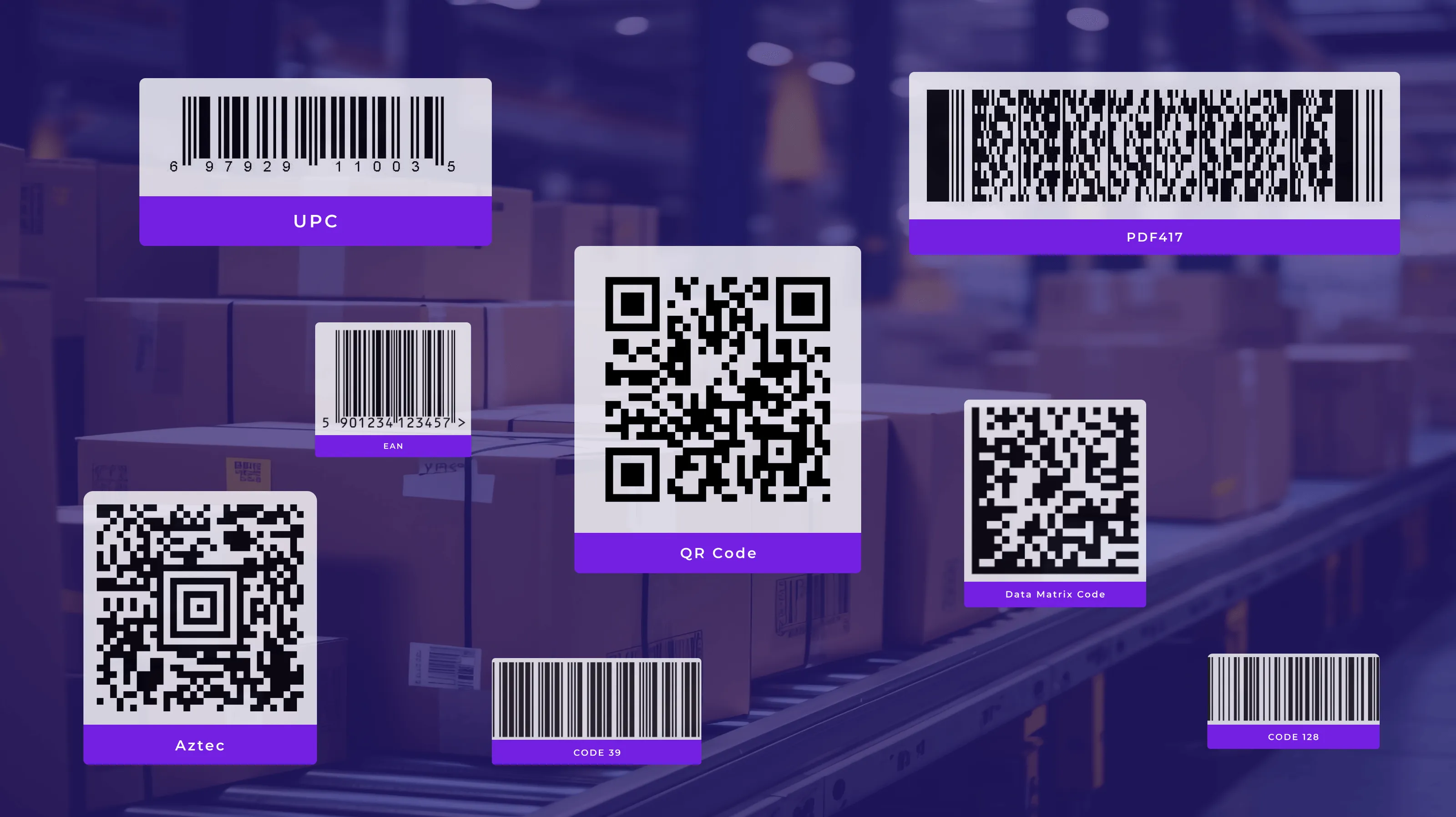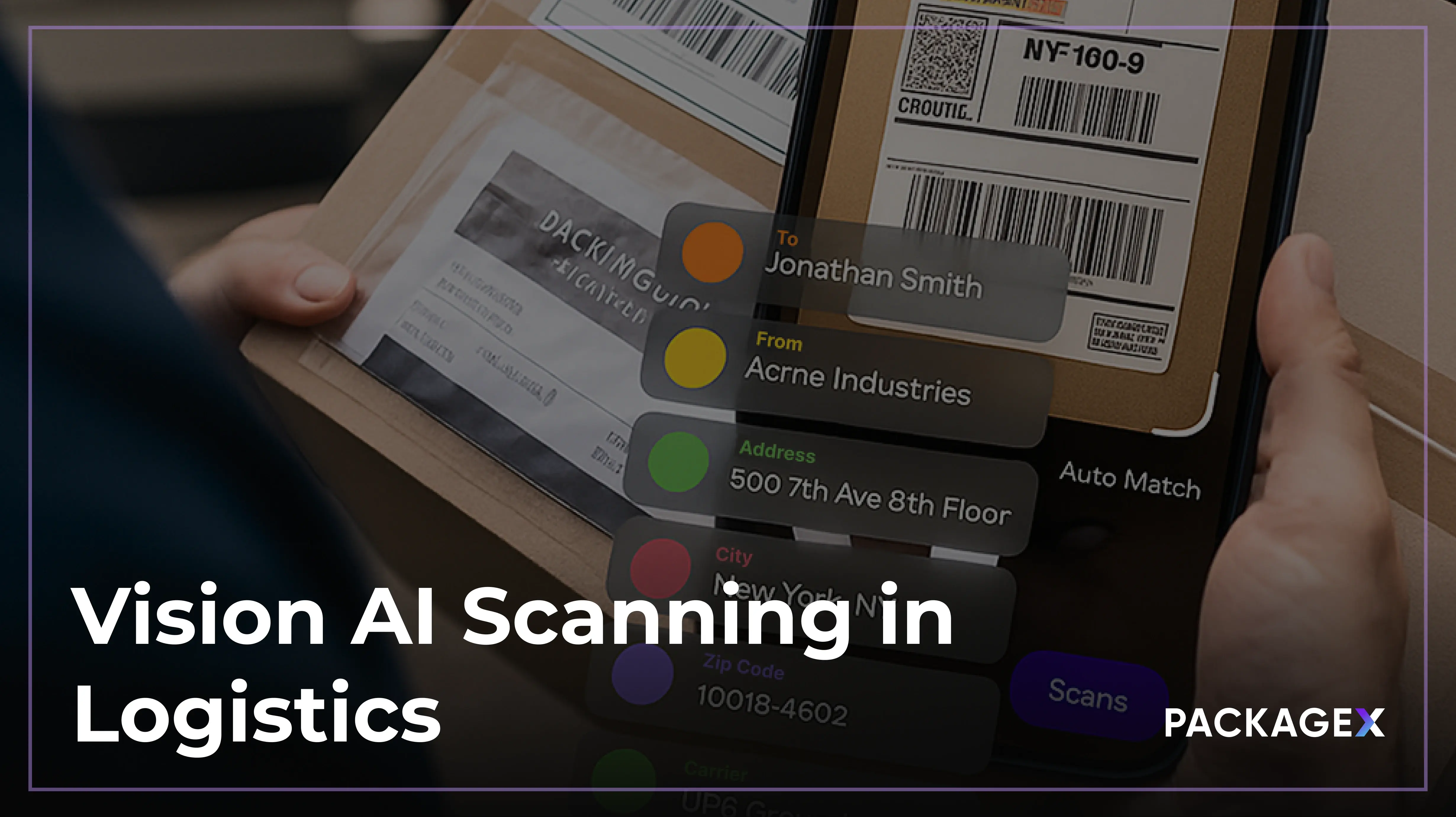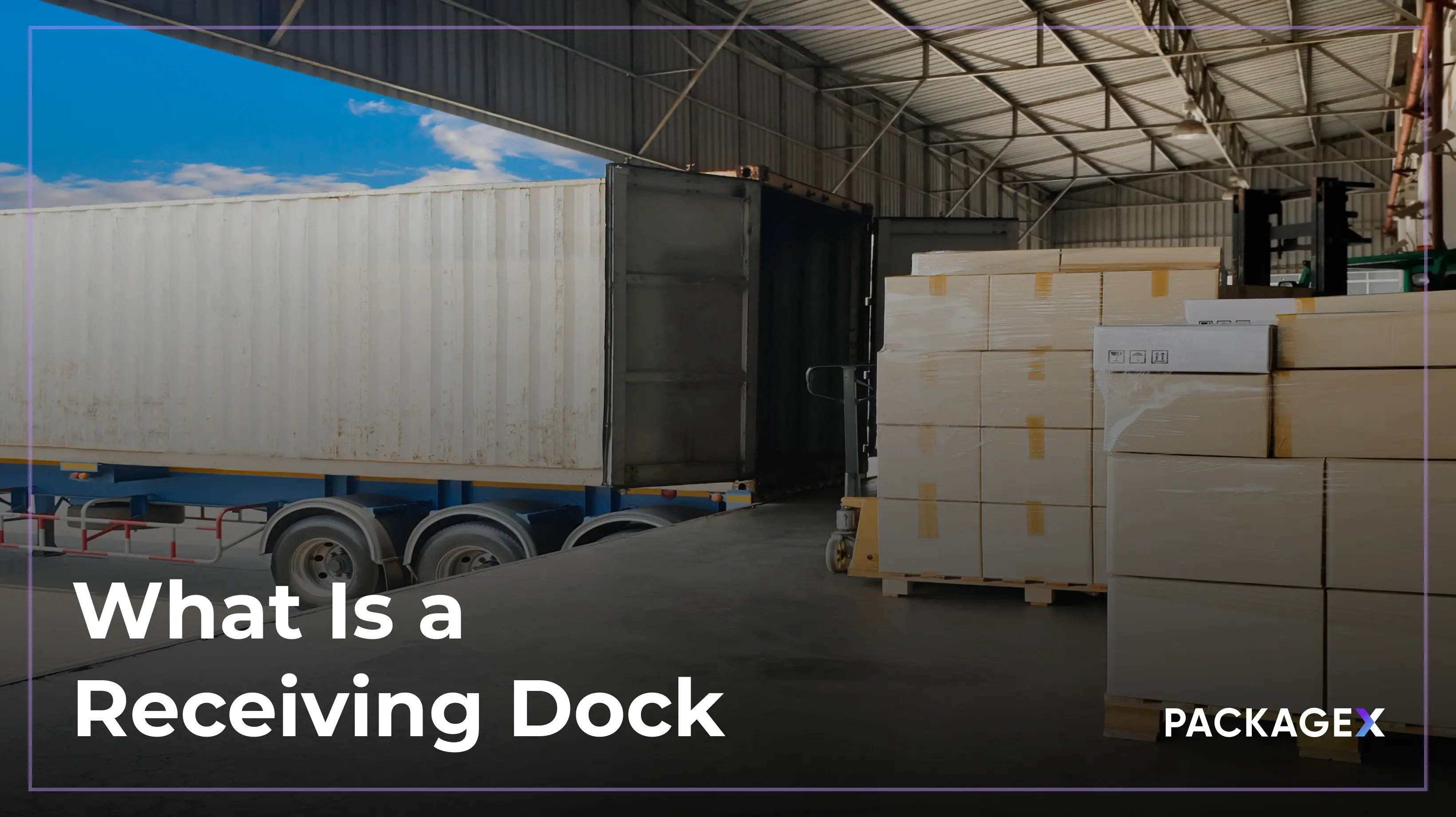There are countless types and variations of barcodes, and deciding which is right for your business and its various applications isn’t entirely straightforward. There is no standardized barcode format, so companies have a lot of room to decide which barcode standards will serve their business the best.
What Do You Need to Know Before Choosing a Barcode Scanning System?
Understanding Barcode Types: 1D VS 2D
There are two main barcode types, 1D and 2D, and many variations of both. Different barcode types and variations have different ideal applications across various industries and usages, and even different barcode type variations have their variations.
1D Barcodes
1D barcodes are often called linear barcodes because they comprise varying widths and spacings of vertical lines. These are some of the most common types of barcodes used to identify products, so much so that when the average person thinks of a barcode, they’re likely thinking of a couple of the main variations of 1D barcodes.
Further, when dividing 1D barcodes into subsections, both numeric (containing only numbers) and alphanumeric (containing both numbers and letters), barcodes are considered 1D barcodes.
Despite limitations, 1D barcodes are still the most common type of barcode used across many industries, especially where consumer products are concerned. The 1D barcode’s greatest advantage is simplicity. They can convey basic product information without frills and are widely used across nearly every industry in some fashion.
Examples of 1D Barcode Variations:
- UPC
- EAN
- Code 39
- Code 128
- Code 93
2D Barcodes
2D barcodes use both the vertical and horizontal axis to encode data. Because they use both axes for data, 2D barcodes can hold more information than 1D barcodes. Thanks to the sheer volume of data that can be stored in a 2D barcode, they often contain built-in redundancies and self-checks to ensure more accurate scans.
2D barcodes are often squares or rectangles made up of many squares or other shapes with a unique pattern to make the code read accurately. This type of barcode has an advantage over 1D barcodes because it can be printed smaller and still be read, and it’s more likely that damaged or scuffed 2D barcodes will still be legible.
Because they can store more information, 2D barcodes are suitable for more complex information and tasks like tracking. The use of 2D barcodes has taken off in the past decade with 3.2 billion QR codes in use in 2016 compared to an estimated 6.8 billion in 2023.
Examples of 2D Barcode Variations:
- QR Codes
- Data Matrix Code
- PDF417
- Aztec
Choosing the Right Barcode Standard: A Practical Guide
Finding the right barcode standard for your purposes may seem complicated given all the available options, but by asking a few practical questions, you can narrow down the options and make the right choice.
Factors to Consider
How much data do you need to encode?
This single question will help you break down whether a 1D barcode will even work for your purposes.
If you only need to store simple product information in a barcode, a 1D barcode may be the most straightforward choice. If the barcode must store a lot of data or will be used to carry out a complex task, a 2D barcode might be more effective.
What application will the barcodes be used for?
The intended purpose of the barcode can help direct you to the right type. Certain types of barcodes are designed for specific applications.
Will the barcode be used in a retail or manufacturing setting? How will data be captured within that application? These questions can help direct you to a type of barcode that will suit your application.
What scanning technology is available?
Your barcode choice should be heavily influenced by the available scanning technology for vendors, at your company, and with customers, as well as whether you’re willing to invest in new scanning technology.
If a certain type of barcode pairs with available scanning technology and is up to the task, it’s probably a good choice. If you have smart scanners that can read different barcodes, your options may not be as limited.
Are there printing limitations to consider?
This includes size limitations due to available space on the product, the type of material you’ll be printing on or etching into, and whether scanning technology requires barcodes to be in a specific orientation or limits dimensions and available printing technology.
Practical Examples of When You Might Choose a Specific Barcode Type
Some barcode standards are perfectly suited to certain scenarios.
For example, UPC and EAN barcodes are ideal for retail applications. In manufacturing, data matrix barcodes are commonly used for small parts tracking and PDF417 barcode standards are used for complex product data. For shipping, USPS-friendly QR codes are necessary as many barcodes cannot be scanned by the postal service.
Beyond the Basics: Composite Symbols
Not all barcodes adhere to the standard 1D or 2D formats. Composite symbols use elements of both 1D and 2D barcode standards to manage multiple types of data across different applications within the same barcode.
Composite symbols offer the advantage of additional data capacity and flexibility. Because they aren’t limited to one type of barcode, they can leverage the strengths of multiple barcode standards to include different types of data in the same barcode. They’re ideal in scenarios where compatibility with multiple types of scanning technology is required.
For example, a QR code may be integrated into a UPC or EAN barcode to incorporate data tracking across multiple carriers that have different scanning requirements. The flexibility to move a package between carriers can help save money on shipping costs.
Why Traditional Barcode Scanning Falls Short: Limitations and the Rise of OCR Scanning
In today’s tech-savvy world, we’re always looking for ways to harness technology to carry out tasks faster, more efficiently, and more accurately. Barcode scanning is no different. Certain limitations and pitfalls associated with traditional barcode scanning can be mitigated with new technologies like OCR scanning.
Challenges of Traditional Barcode Scanners
There are some common issues that arise with traditional barcode scanners, including but not limited to:
- Defectively printed or damaged barcodes may be unreadable
- Reflective or glossy surfaces or lighting that is too bright or too dim hinder scanning accuracy
- Traditional barcode scanners are limited to reading data contained within the barcode, leaving potentially important information in the text surrounding the barcode
All these issues can lead to errors and delays that could be costly in terms of both money lost and customer complaints. The average time to scan a barcode is 24.479 seconds, and despite it being a time-consuming process, issues like missing or illegible labels, scanner errors, or operator errors can create further issues that take even more time to sort out.
Introducing Optical Character Recognition (OCR) Technology
Optical character recognition (OCR) is a technology that extracts text from images. That means that data printed on a label aside from a barcode, handwritten text QR codes, carrier information, and more can be extracted during scanning alongside the data contained in the barcode to provide a more complete set of data on the product being scanned.
OCR technology does all of that automatically and translates the text so that it can be read by and/or input into a machine. Typically, a combination of hardware (the scanning technology) and software (used to process the data) takes OCR technology full circle. OCR technology has evolved over the years, often relying on AI to decipher text for a faster, more accurate translation.
With OCR technology powered by PackageX, workers do not need to be limited by the capabilities of traditional barcode scanning hardware. Our OCR technology is compatible with any smartphone that automatically extracts data from labels in seconds, including barcode, QR-code, carrier data, recipient information, and more.
The Next Level: AI-Powered OCR for Logistics Documents
Once stuck behind the times, the tech boom in logistics over the past decade and a half has led to massive advances in OCR technology, enabling smarter barcode scanning. Today's AI-powered solutions can read not only labels but entire logistics documents like bills of lading, manifests, and invoices.
Beyond Labels: Capturing Data from Diverse Documents
OCR technology can handle more than barcodes and other types of labels. With the help of AI, it can be trained to quickly and accurately read and interpret a massive dataset of varied logistics documents.
Benefits of AI-Powered OCR
By incorporating AI technology into OCR, logistics operations can gain access to impactful benefits.
Streamlined Data Capture
OCR technology allows operations to automate data extraction from a wide range of logistics documents. That data can move directly into the prescribed supply chain technology solution (WMS, ERP, inventory management, TMS, etc.) so that it can be used to track products through the supply chain and make smarter decisions.
Increased Efficiency
OCR scanning gives companies access to increased efficiency and improved processing speed in warehouses and other types of logistics operations. Staff spend less time on repetitive tasks like data entry so that they have more time for their other job duties like unloading trailers or filling orders.
Improved Accuracy
To err is human, so OCR scanning technology has the potential to take some of the tasks most prone to error (data entry, verifying labels, and so on) out of human hands. OCR backed by AI is remarkably accurate and can pull accurate data from various logistics documents faster and more accurately than a person.
Richer Data Insights
By pulling a more complete set of data from a document and not relying solely on a barcode for information, OCR scanning can provide better insights into operations, thereby improving decision-making. A more accurate, real-time picture of inventory and operations to provide supply chain transparency goes a long way toward a strategy that boosts the bottom line.
{{returns-webinar}}
Conclusion
By understanding the types of barcodes and their strengths and weaknesses, businesses can choose the right barcode types for every application within their operation. The most simplistic 1D barcodes that store data in only one direction are great for basic product information, while 2D barcodes that store information both horizontally and vertically are ideal for more complex purposes. Composite barcodes that incorporate elements of 1D and 2D barcodes are ideal for specific applications that require a large amount of varied data.
OCR scanning offers advantages that go beyond even the most complicated barcode scanning. It adds additional context from the text contained on the label or within a document to provide a richer set of accurate data faster than humans could manage.
Dig into how AI-powered OCR solutions can optimize your supply chain operations and data management today by requesting a demo.


.webp)

